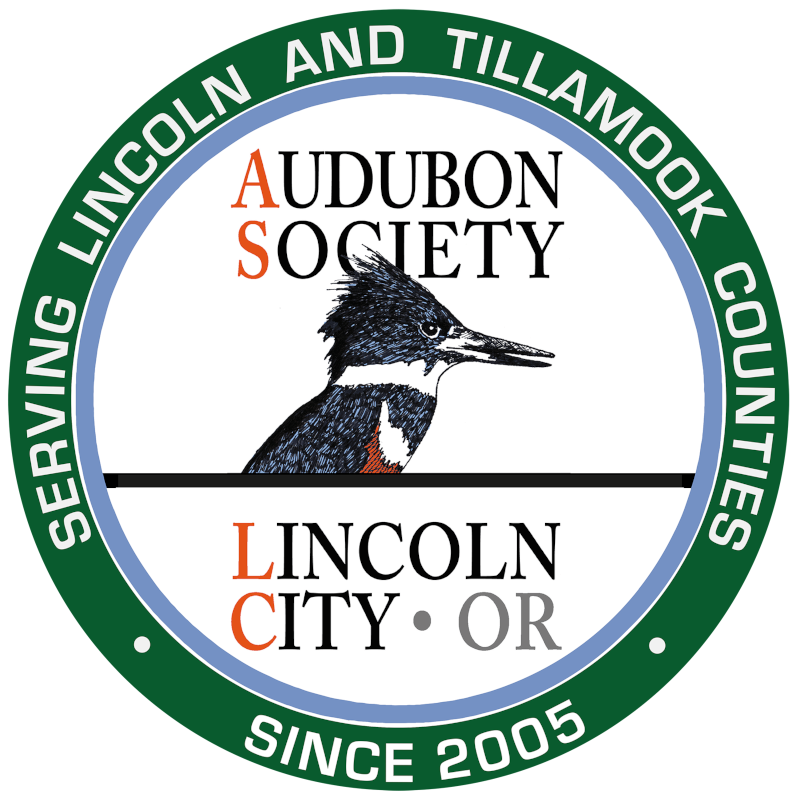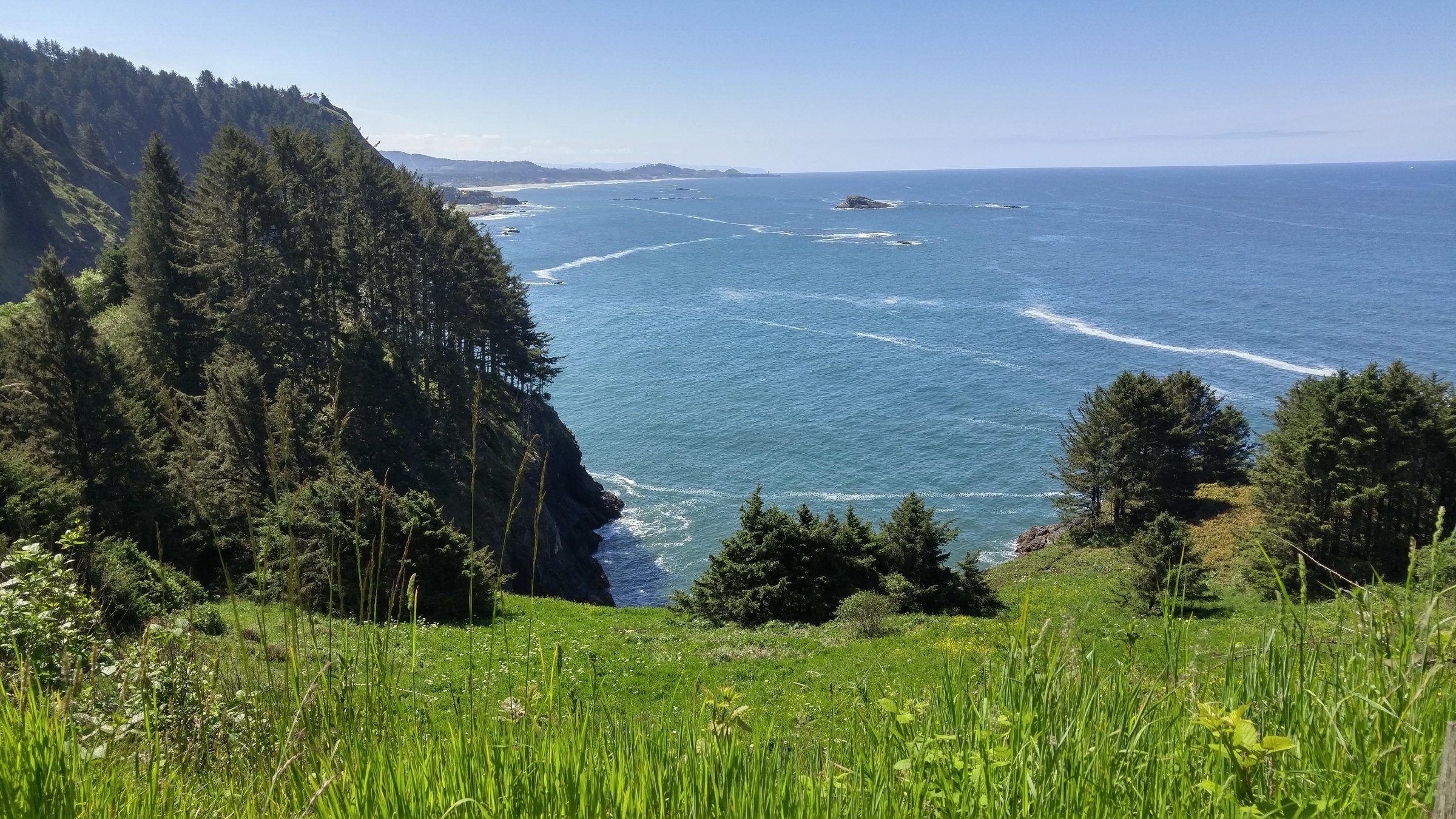The Oregon Coast Rocks!
Cape Foulweather
Named by Captain Cook on his voyage to the North Pacific in 1778, Cape Foulweather rises 500 feet above the Pacific Ocean, providing sweeping views from Yaquina Lighthouse in the south to Cascade Head in the north. If you stand at the scenic viewpoint on a sunny summer day, you’re likely to see gray whales cavorting and feeding in the kelp beds offshore, seabirds nesting on the Cape’s sheer cliffs, and waves rushing onto the rocks below. You’ll feel the wind in your face and your lungs filled with the freshest of air. Nowhere is the wild spirit of the Central Oregon Coast captured better than at Cape Foulweather.
The Cape Foulweather Complex Marine Conservation Area extends from the Whale Cove Habitat Refuge south to the Otter Rock Marine Garden and includes nearshore kelp beds.
The Marine Conservation Area designation for rocky habitats and nearshore natural resources at Cape Foulweather helps:
Protect nesting habitat for the iconic Black Oystercatcher and other seabirds, including Pigeon Guillemots, Brandt’s Cormorants, and the largest colony of Pelagic Cormorants on the Oregon coast.
Provide residents and visitors alike with appropriate coastal access and involvement in the management and stewardship of our coastline and its natural resources.
Create opportunities for thousands of annual visitors to Cape Foulweather to learn more about the area’s natural resources and how to enjoy them safely and responsibly.
Educate boaters and drone enthusiasts about methods to avoid disturbing seabird nesting colonies, which can lead to catastrophic nest failure.
Preserve Cape Foulweather in its natural state for all of us to enjoy and appreciate, in fair weather—and foul.
Site specific management for the MCA relies on stewardship and education rather than regulatory restrictions to protect rocky habitat natural resources. Interested in volunteering to be a rocky habitat steward or help on visitor interpretive programs? Join a community science team to monitor rocky habitat marine life— or just pause to take in the beauty of Cape Foulweather.
Cape Foulweather: not a foul view
by Halle Renn
Just south of Depoe Bay, Cape Foulweather rises 500 feet above the ocean, creating fantastic views of the Central Oregon coast. It is given the moniker “where Oregon began” as it is the first land formation seen by Captain Cook on that fateful voyage in 1778. While it was named for the terrible weather conditions Cook encountered here, this basalt headland is a true gem of Oregon’s natural beauty. Standing at the viewpoint on a calm and sunny summer day, you are more than likely to have unbeatable views of Gray whales cavorting and feeding in the abundant kelp beds below.
Looking south from the cape viewpoint you are treated to a stunning view of the famous Devil’s Punchbowl and the craggy beaches of Otter Rock. The Punchbowl is a spectacular and imposing cave that is inundated with water during high tide. During these tide events, the bowl churns and roils the ocean water angrily, creating fascinating and awe-inspiring viewing. Gulls and Cormorants are commonly seen as they move to and from Gull Rock in the distance.
On the other side lies a one-way road that winds its way up the north side of the cape. The Otter Crest Loop Road begins near Rocky Creek and Rodea Point and gives one spectacular view after another.
Black Oystercatchers, Surfbirds, and Black Turnstones can be seen at the rocky viewpoints and as you drive higher towards the top of the Cape you may be lucky enough to view a Bald Eagle or two soaring between the cliffs.
The road up offers a nice respite from the traffic of Highway 101. Whether biking or driving, take in the ancient and dramatic forest scenery and enjoy those clifftop views.
Download these printable flyers and help spread the word:
Five reasons to protect rocky habitats
Additional information:
Birds that rely on our coastal habitats








